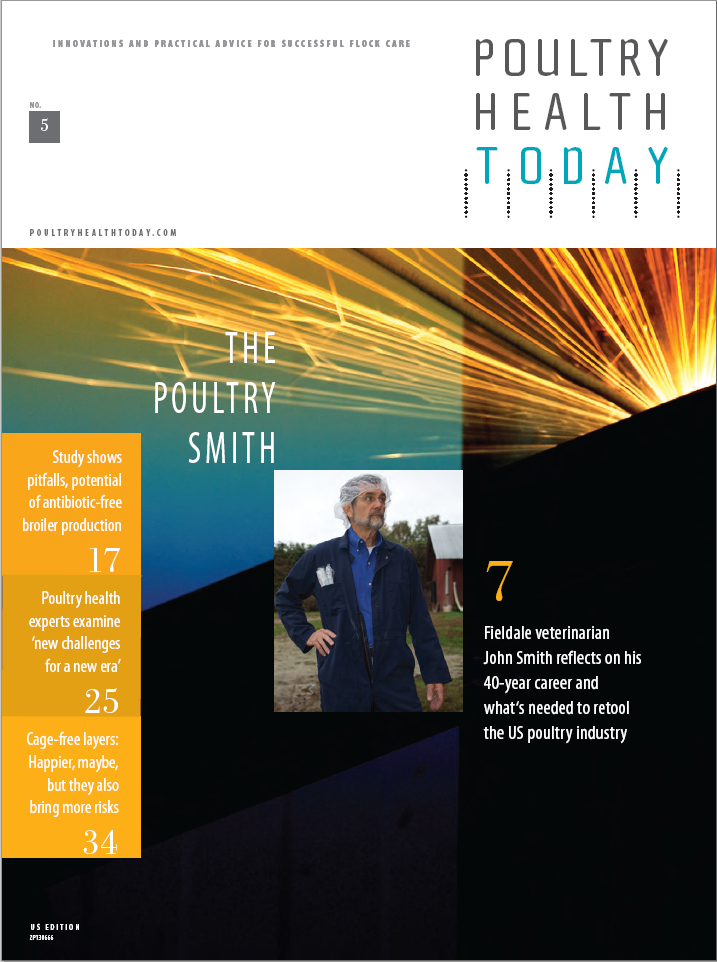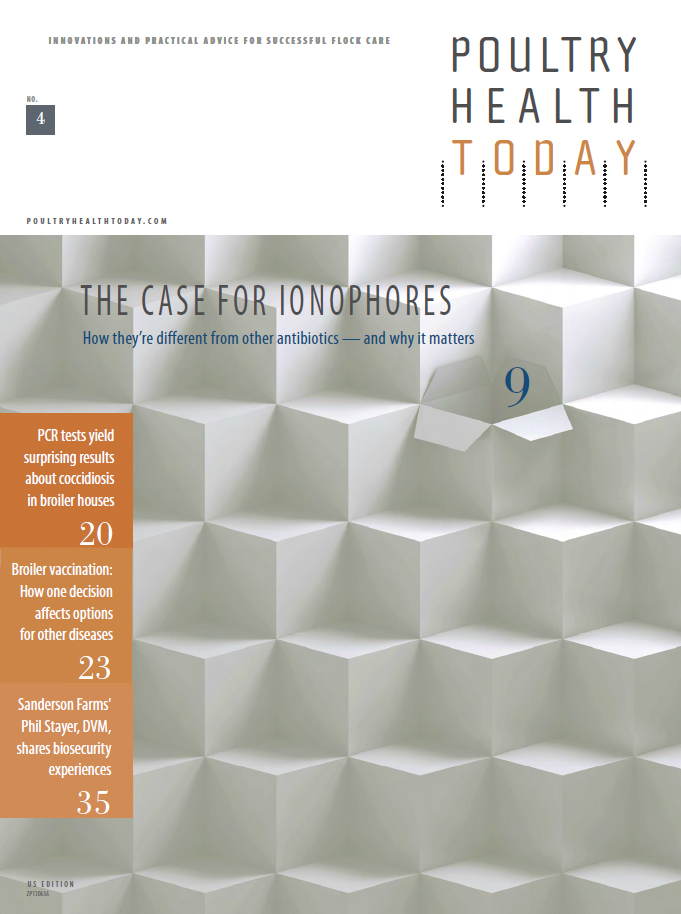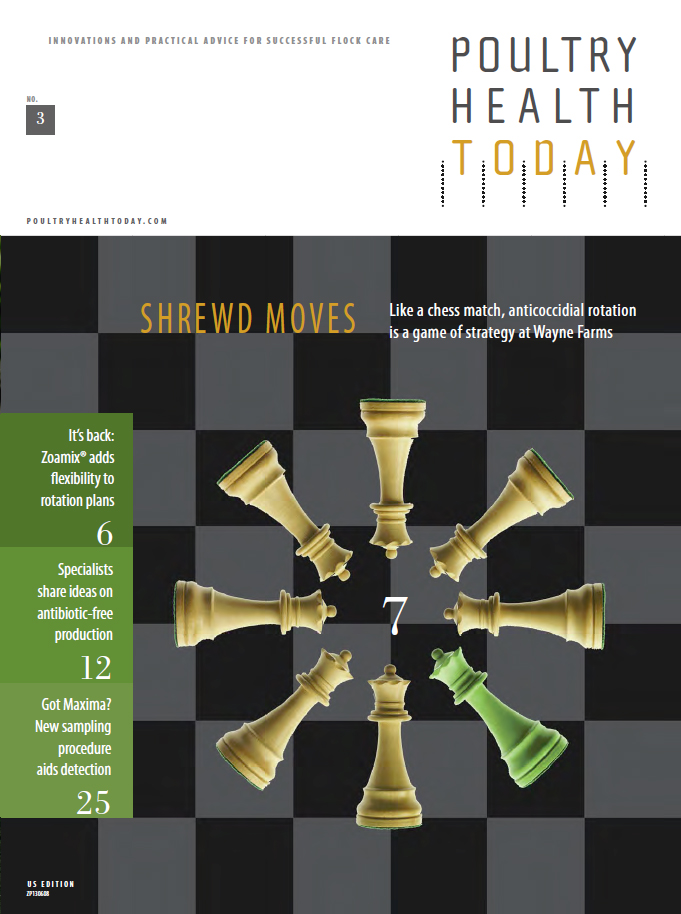

Canada studies find no links between ionophores, resistance of other antibiotics

One of the few studies about antibiotic resistance and ionophores in poultry was published by Canadian researchers in 2007. They tested 197 Escherichia coli isolates from experimental broiler chicks fed different antimicrobials, including the ionophore salinomycin, then determined if the isolates were resistant to other antibiotics.1
Resistance to three of 18 antibiotics tested - ceftiofur, spectinomycin and gentamicin - were slightly higher among isolates from chickens fed the ionophore. However, all six treatment groups, including an untreated control group, yielded isolates that showed similar degrees of multiple antibiotic resistance as well as resistance to these three (and other) antibiotics.
More importantly, overall resistance levels markedly decreased from days 7 to 25 of age (p < 0.001) across all groups, including the salinomycin treatment group. Decreasing resistance with the use of salinomycin was also demonstrated in early studies conducted with this ionophore.2,3
In their conclusion, the Canadian researchers stated that isolates showing resistance to multiple antibiotics can be found in broilers regardless of the antimicrobials used.
Litter study
In a 2010 published study, researchers tested poultry litter for the presence of veterinary pharmaceuticals - including ionophores such as salinomycin and monensin - and their effect on Escherichia coli resistance.
The researchers concluded that “the numbers of generic E. coli recovered in litter materials were not significantly influenced by antimicrobial feed supplementation.”
In addition, resistance to several antibiotics such as amoxicillin, ceftiofur, gentamicin and sulfonamides was also present in isolates from chickens that had not received antibiotics in their diet.4
REFERENCES
1 Diarra M, et al. impact of feed supplementation with antimicrobial agents on growth performance of broiler chickens, Clostridium perfringens and Enterococcus counts, and antibiotic resistance phenotypes and distribution of antimicrobial resistance determinants in Escherichia coli isolates. Appl Environ Microbiol. 2007 oct;73(20):6566-6576.
2 George BA, et al. influence of salinomycin on antimicrobial resistance of coliforms and streptococci from broiler chickens. Poult Sci. 1982;61:1842-1852.
3 Ford AM, et al. influence of salinomycin in incidence, shedding and antimicrobial resistance of Salmonella typhimurium in experimentally infected broiler chicks. Poult Sci. 1981;60:2441-2453.
4 Furtula V, et al. Veterinary pharmaceuticals and antibiotic resistance of Escherichia coli isolates in poultry litter from commercial farms and controlled feeding trials. Poult Sci. 2010;89:180-8 [40].
More Issues












